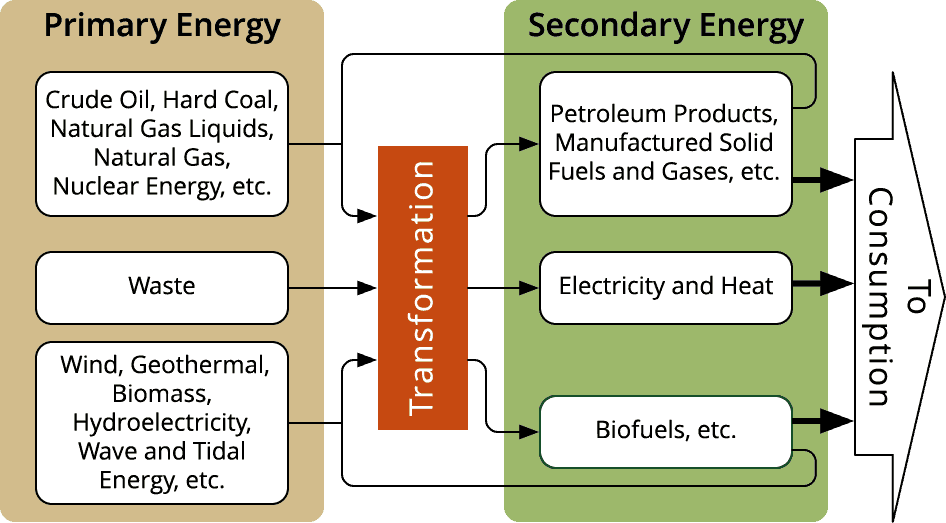One of the most common questions we get and one of the biggest concerns we try to address at Watt Watchers of Texas is the difference between primary and secondary energy. In order to effectively teach your students about the many benefits of participating in the reduction of your school’s energy consumption, they must first understand this difference.
At Watt Watchers of Texas, we have plenty of resources and information to help you implement the Student Patrol Program at your school so that students, teachers, staff, and parents can all feel involved in saving energy and money. First, though, it is important for you and your students to be aware of what primary and secondary energy is, how they differ, and why they are important in the energy conservation effort.
Although it may not seem essential to have your students know the difference between primary and secondary energy for the existence and success of an energy conservation effort at your school, education is most definitely part of the equation. With the proper understanding of what exactly they are conserving and the benefits of their efforts, students will take more interest in sticking to the program and making it as effective as possible.
Primary energy comes from resources that are found in nature. These include crude oil, hard coal, natural gas liquids, natural gas, nuclear energy, wind, geothermal, biomass, hydroelectricity, wave and tidal energy, and more. The earth, sun, and moon all provide original sources for these fuels. Some of these resources renew and replenish over time while others are depleted and can never be replaced.
Secondary energy, on the other hand, are the resources which are formed by the conversion of primary resources. Some examples of secondary energy resources include petroleum products, manufactured solid fuels and gases, electricity and heat, biofuels, and any other product made from primary resources.

At Watt Watchers of Texas, we want to provide teachers with as many resources as possible to supplement their teaching in the classroom when it comes to energy conservation. When your school participates in our Student Patrol Program, we are here to help support your efforts with free energy activities and lessons. They are designed to reinforce teaching and learning while also increasing awareness of how to maximize energy conservation in our daily lives.
These activities and lessons we offer involve a range of subjects including electricity, water, recycling, cooling and heating, transportation, and food. We also have activities designed for all age groups from Kindergarten up through high school, so you can rest assured that your students will have the resources they need in an understandable format.
If your school is interested in participating in our Student Patrol Program or you simply want to learn more about ways to teach energy conservation in your classroom, contact Watt Watchers of Texas. Whether you are stuck trying to figure out ways to show your students the difference between primary and secondary energy or you’re in the midst of implementing our patrol program, we can help. We are excited to get your school involved in energy conservation!
We'd love to help answer any questions and help you get started! Drop us a line and we'll get back to you as soon as we can.
Watt Watchers of Texas
204 E. Dean Keeton Street, Austin, Texas 78712
contact@watt-watchers.com
Nos encantaría contestarle cualquier pregunta que tenga y ayudarle empezar! Envíenos un mensaje y nos pondremos en contacto con usted lo antes posible.
Watt Watchers de Texas
204 E. Dean Keeton Street, Austin, Texas 78712
contact@watt-watchers.com